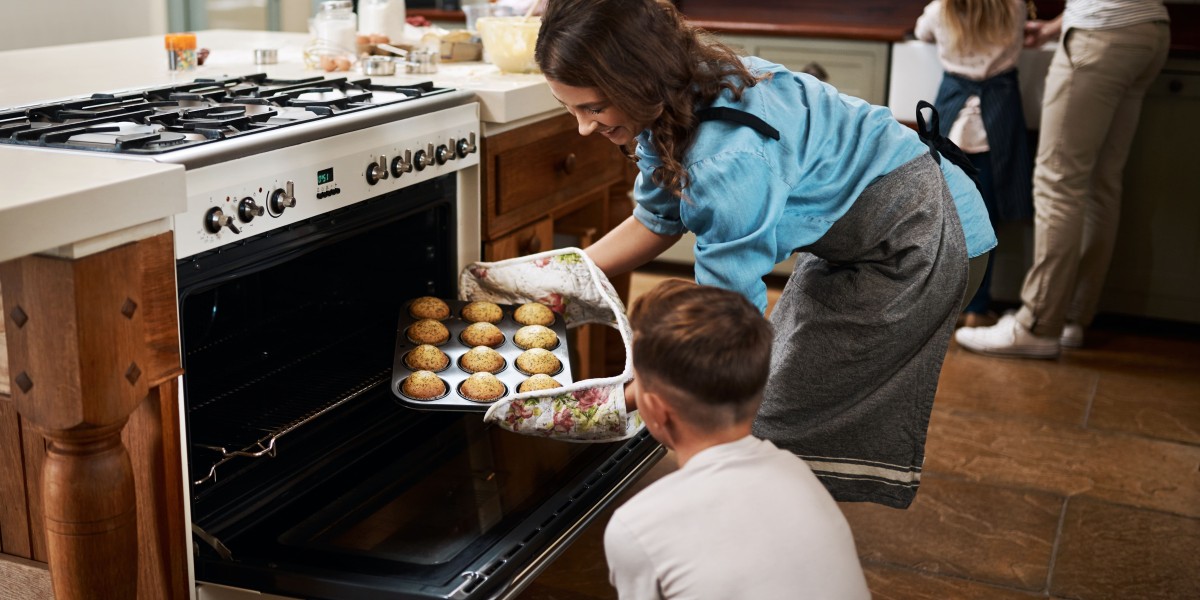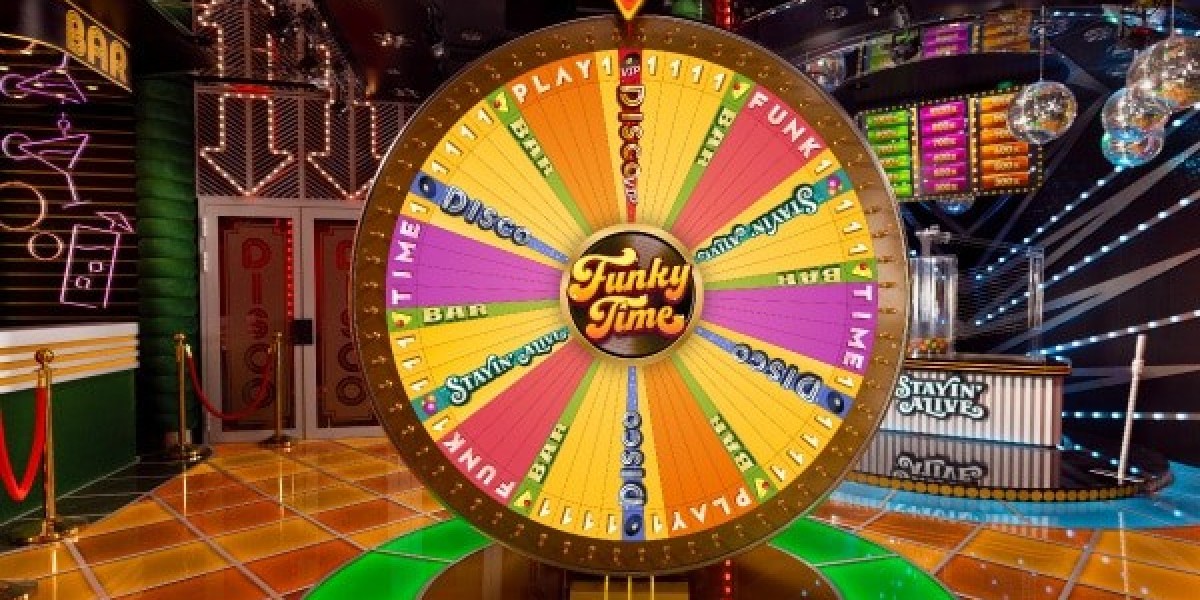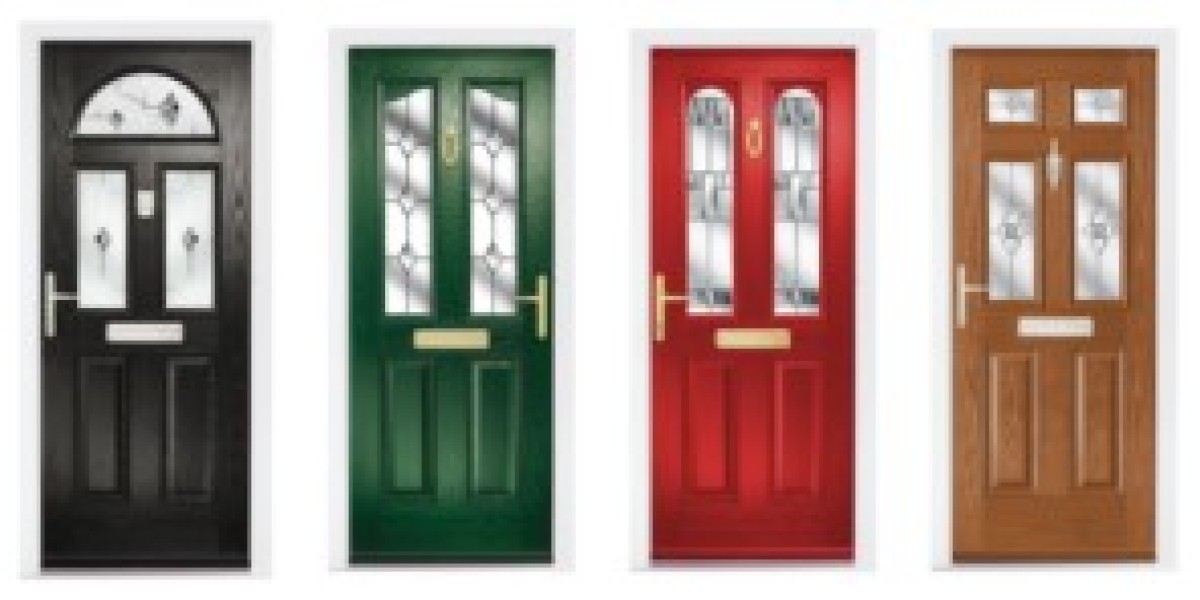
Understanding Built-in Ovens and Hobs: The Perfect Kitchen Combination
As contemporary kitchens progress, built-in appliances are ending up being progressively popular for both functionality and looks. Amongst these appliances, built-in ovens and hobs stand apart as essential parts for any culinary enthusiast or home cook. This short article checks out the benefits, features, and considerations surrounding built-in ovens and hobs. It also addresses common concerns, offering a comprehensive guide to these kitchen essentials.
What are Built-in Ovens and Hobs?
bosch black Built-in single oven - modern cooking - https://www.ovensandhobs.uk - ovens are integrated into kitchen cabinets, creating a sleek, seamless look. They come in numerous types, consisting of conventional, convection, and steam ovens, each dealing with various cooking methods. Hobs, on the other hand, are the cooking surface areas that integrate with the kitchen counter top. They can be gas, electric, or induction, allowing cooks to choose based on their cooking style and energy choice.
Advantages of Built-in Ovens and Hobs
- Space-Saving: Built-in built oven models take full advantage of kitchen space by getting rid of the need for freestanding systems, producing an open and airy environment.
- Visual Appeal: Their streamlined design adds to a contemporary, structured look in the kitchen.
- Improved Functionality: Built-in ovens typically include advanced cooking technology, using a variety of features like self-cleaning and clever controls.
- Personalization: Manufacturers provide a range of surfaces and designs, permitting homeowners to tailor their appliances to match their kitchen décor.
Types of Built-in Ovens
1. Standard Ovens
Standard ovens use convected heat from the bottom and can be perfect for baking.
2. Convection Ovens
Stove have a fan that distributes hot air, ensuring even cooking. They reduce cooking time and are perfect for roasting meats or vegetables.
3. Steam Ovens
Steam ovens utilize moist heat to cook food, preserving nutrients and flavors. They are becoming increasingly popular among health-conscious cooks.
4. Microwave Ovens
These ovens provide quick heating and cooking and serve numerous functions, from reheating leftovers to baking.
Kinds of Hobs
1. Gas Hobs
Gas hobs use gas or propane for cooking. They supply immediate heat control, making them a favorite amongst expert chefs.
2. Electric Hobs
Electric hobs have strong or ceramic surfaces that warm up by means of electric coils. They are easy to tidy however might take longer to heat than gas designs.
3. Induction Hobs
Induction hobs use electro-magnetic energy to straight warm pots and pans, using rapid heating and energy efficiency. They cool off quickly and provide a safer cooking experience.
Elements to Consider When Choosing Built-in Ovens and Hobs
When picking built-in ovens and hobs, numerous factors must be considered:
1. Space Limitations
Procedure the offered area in your kitchen to guarantee that the appliances will fit flawlessly into the cabinetry.
2. Cooking Style
Consider your cooking practices. If you frequently bake, a convection oven might be ideal. Meanwhile, induction hobs are fantastic for security and effectiveness.
3. Spending plan
Rates differs considerably based on functions and brands. Setting a budget plan assists limit the alternatives.
4. Energy Source
Figure out whether you want gas or electric appliances. This choice can impact cooking efficiency and utility expenses.
5. Looks
Pick surfaces and styles that complement your kitchen's design. Stainless-steel is a popular choice for a modern-day appeal.
Comparison of Built-in Ovens and Hobs
| Function | Built-in Oven | Built-in Hob |
|---|---|---|
| Type | Convection, steam, etc. | Gas, electric, induction |
| Cooking Versatility | High | Moderate to high |
| Cleaning Ease | Differs by design | Usually easy to clean |
| Installation Style | Integrated in cabinetry | Flush with counter top |
| Energy Efficiency | Differs by design | Induction usually most efficient |
FAQs About Built-in Ovens and Hobs
1. Are built-in ovens more expensive than freestanding models?
Yes, built-in ovens generally come with a greater rate tag due to their design and setup requirements. Nevertheless, they typically offer more advanced features.
2. Can I change my existing freestanding oven with a built-in model?
Yes, it's possible to replace a freestanding oven with a built-in design, but you may need to make modifications to your kitchen cabinetry and kitchen layout.
3. What maintenance do built-in ovens and hobs need?
Regular cleaning is important. Lots of Cookology 60cm Large Built Under Double Oven-in ovens featured self-cleaning functions. It's also essential to keep the hobs without spills and grease.
4. Are induction hobs safe for families?
Induction hobs are considered much safer than gas or electric options because they just heat the pots and pans, lowering the risk of burns or accidents.
5. How can I make the most of the effectiveness of my built-in oven and hob?
To make the most of performance, always preheat the oven when needed, use the correct size pots or pans on the hob, and consider utilizing the residual heat from your hob after cooking.
Built-in ovens and hobs provide numerous advantages, making them popular options for contemporary kitchens. Their space-saving designs, advanced features, and aesthetic appeal contribute to their high demand. By thinking about factors like space, cooking design, and budget, homeowners can select the perfect combination of appliances that best fit their cooking requirements. Whether through gas, electric, or induction hobs, and a variety of AEG SurroundCook Double Oven - 61L Capacity types, the ideal built-in kitchen appliances can improve the cooking experience while raising the overall visual of the kitchen.







